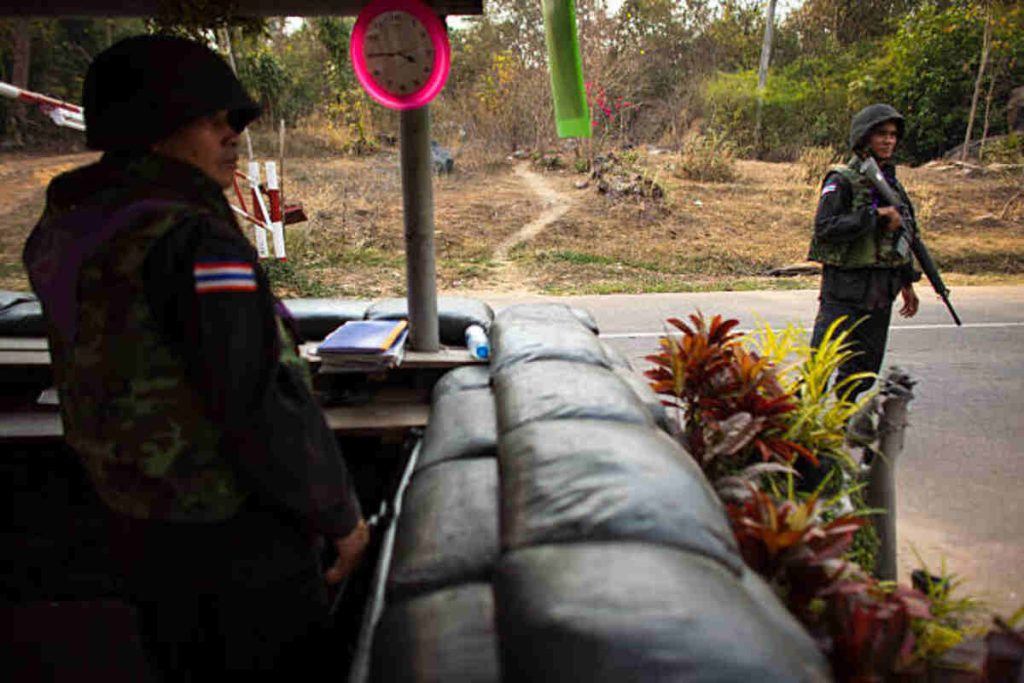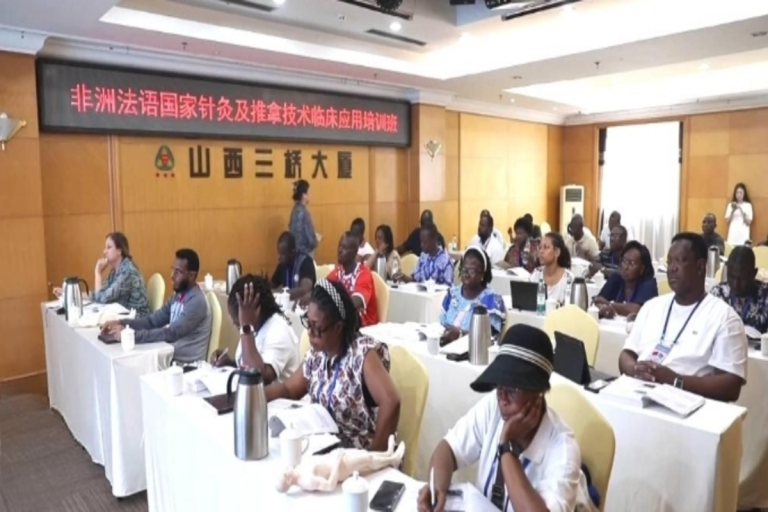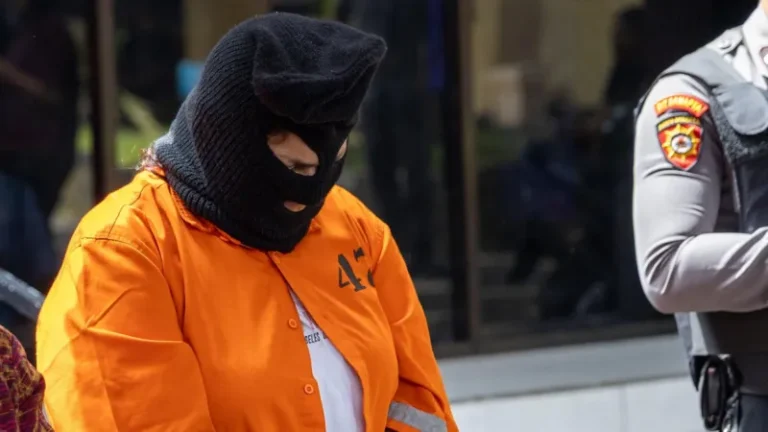
Border clashes displace thousands as Thailand and Cambodia agree to initiate formal ceasefire negotiations.Athit Perawongmetha/Getty Images
The move marks a diplomatic shift toward de-escalation after three days of artillery fire and rising regional concerns.
Thailand and Cambodia confirm bilateral ceasefire negotiations
Cambodian Prime Minister Hun Manet said his government supported “an immediate and unconditional ceasefire,” acknowledging support from international partners who had encouraged a return to diplomacy. Thailand’s acting Prime Minister Phumtham Wechayachai also expressed openness to a bilateral dialogue, though he urged for “sincerity” from the Cambodian side before any lasting solution could be reached.
The Thai Foreign Ministry stated that discussions should include “measures and procedures for the ceasefire and the eventual peaceful resolution of the conflict.” Cambodia reiterated its position, highlighting the need for humanitarian coordination and stability in the contested areas.
Border dispute reignites tensions between Thailand and Cambodia
The clashes erupted on Thursday near a long-disputed stretch of the border, a region unsettled since colonial boundaries were drawn more than a century ago. Both sides exchanged fire through Saturday, prompting large-scale evacuations and drawing condemnation from the United Nations. Secretary-General António Guterres said he was ready to assist in “any efforts toward a peaceful resolution” of the crisis.
According to official reports, dozens of people have been wounded, and several villages near the conflict zone have suffered structural damage. Emergency shelters have been established, and relief operations are underway to support the growing number of displaced families.
Trade pressure used to support ceasefire progress
Former U.S. President Donald Trump played a direct role in pushing both governments toward dialogue. He disclosed that he had spoken with both Hun Manet and Phumtham, urging them to resolve the conflict or risk losing access to trade negotiations with the United States. Earlier this month, Trump warned both nations of potential tariff increases on exports to the U.S. starting August 1.
Trump wrote that Cambodia and Thailand were “looking to get back to the trading table,” but he warned that no agreements would proceed unless the violence ended. Cambodian officials, responding to the economic pressure, delivered updated trade proposals as part of a broader diplomatic package.
Ceasefire talks expected amid humanitarian concerns
With more than 150,000 people displaced and dozens injured, humanitarian agencies have called for urgent support in the border areas. According to regional analysts, both nations are expected to formalize talks in the coming days, possibly under ASEAN or United Nations observation.
Despite long-standing tensions, both governments have publicly committed to halting further military activity. Thai officials confirmed that negotiators were appointed over the weekend and tasked with preparing terms for a potential agreement. Observers believe this marks a significant opportunity to contain one of Southeast Asia’s most enduring disputes.

